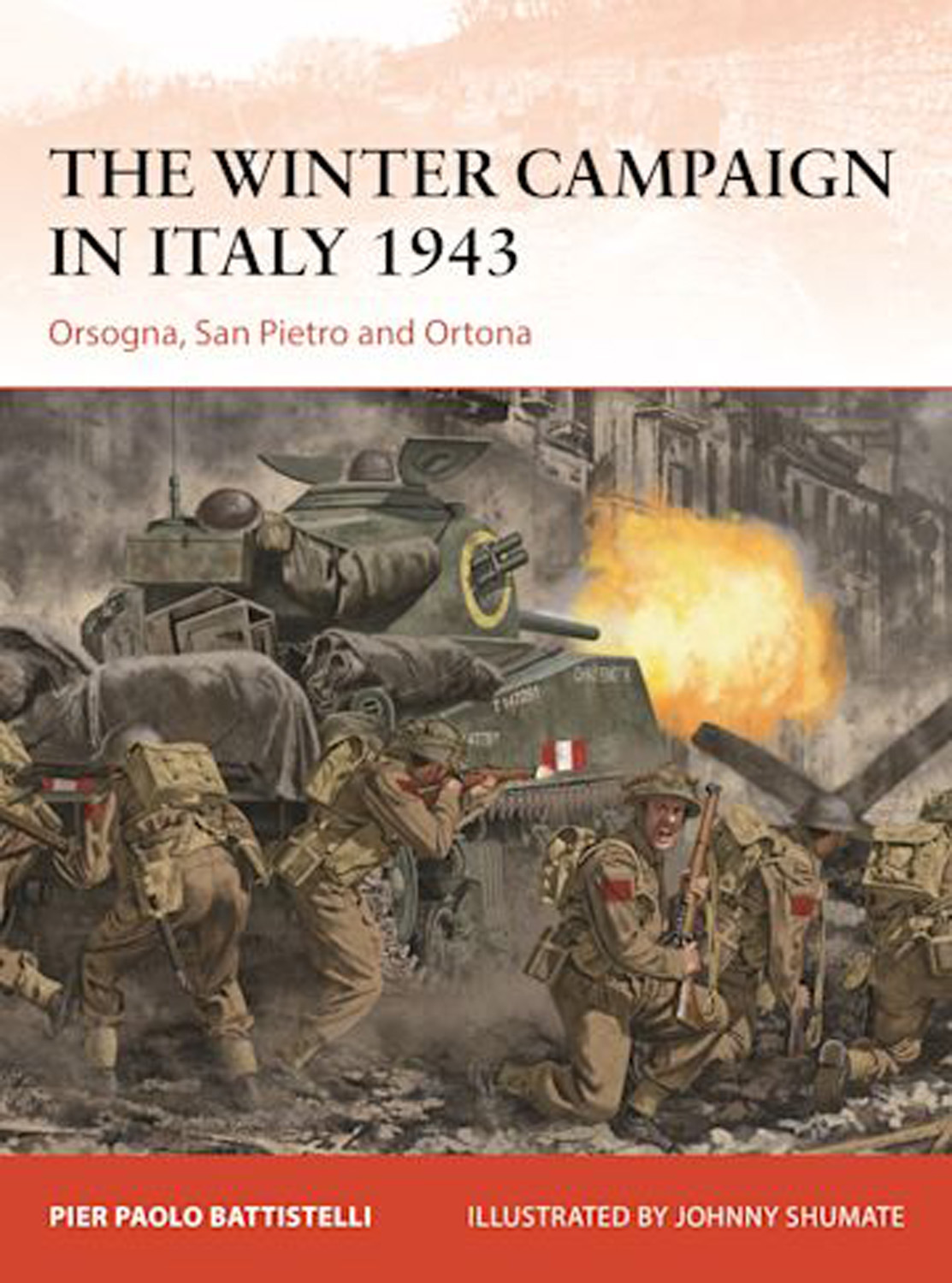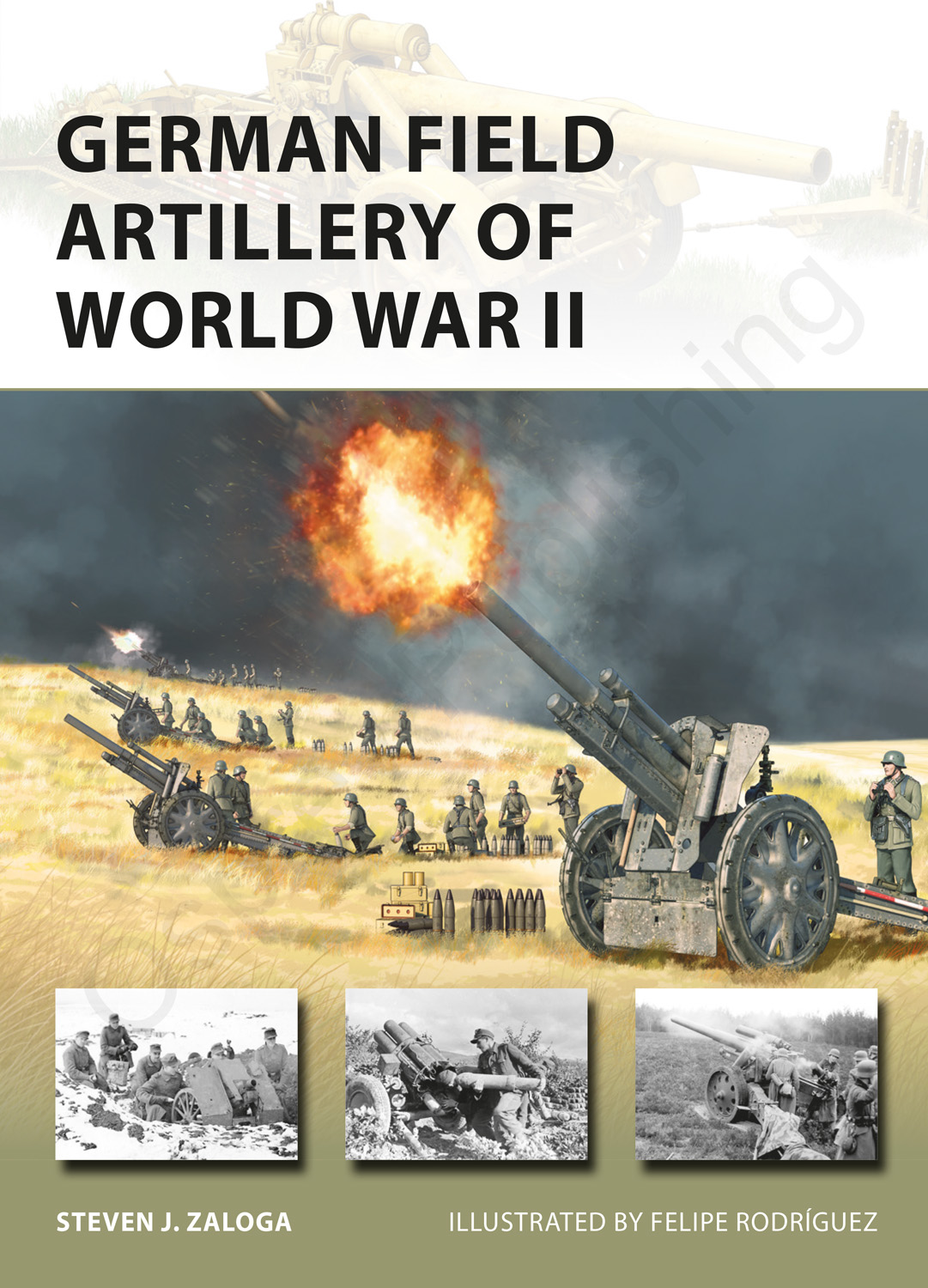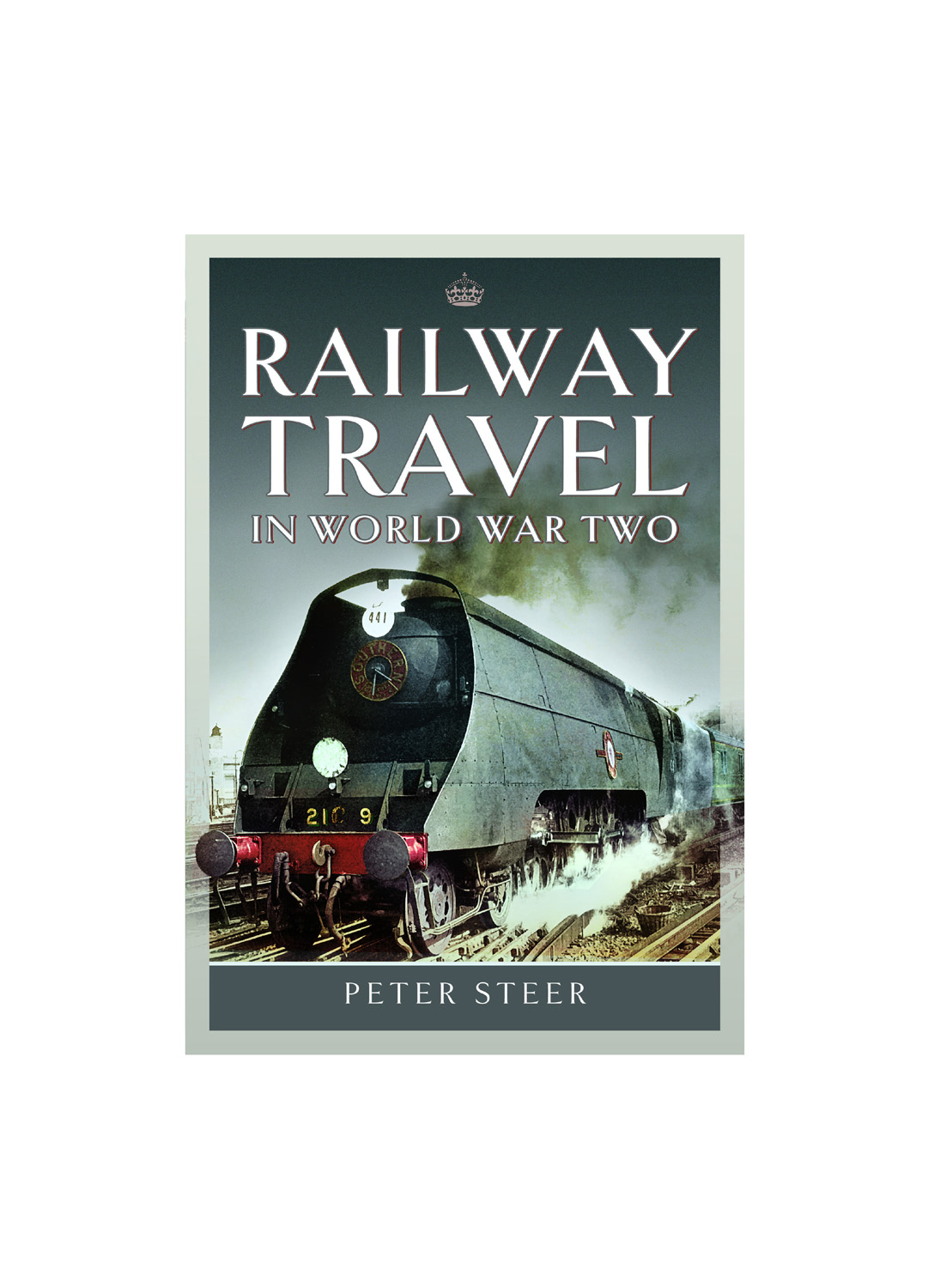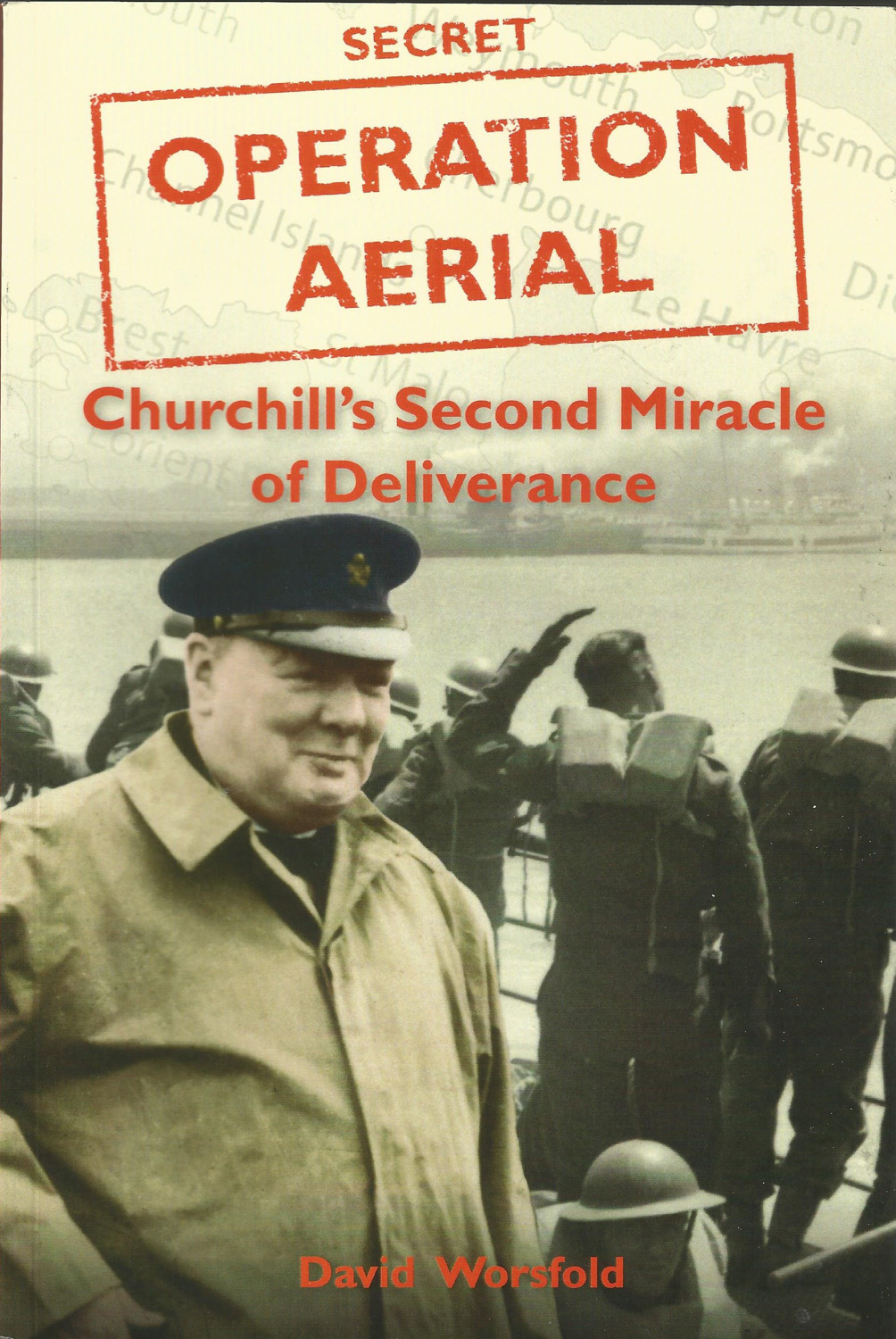
The Winter Campaign in Italy 1943

Author: Pier Paolo Battistelli Publisher: Osprey, Oxford ISBN: 9781472855695 Price: £16.99 When the Allies landed in mainland Italy at the beginning of September 1943, having secured Sicily, there were those who thought they were attacking Europe through the Continent’s ‘soft underbelly’. As winter set in properly, they discovered it was actually a ‘tough old gut’. This well-executed work focuses on operations during that first winter and the three battles in the title, which turned out to be hard-fought engagements. The Germans were stubborn in their resistance, but, as the author explains, the Allied landings at Termoli helped break their defences. The problems facing the commanders on both sides are considered and how the harsh weather and terrain added to the difficulties. Using the cut-off date of January 1944 to end this work, readers will know that ahead lay another winter and 16 more long months of fighting, but that is another chapter. Informative maps and excellent photographs support this fine work throughout.
German Field Artillery of World War II

Author: Steven J. Zaloga Publisher: Osprey, Oxford ISBN: 9781472853981 Price: £12.99 In this work, the author explains how the German army rebuilt its field artillery using as a foundation what it was left under the terms of the Treaty of Versailles after WWI, and what a fascinating history it is. Apart from the guns, he explains the structure and organisation of batteries and the tactics used in the many campaigns from Poland to Russia. The fact that horses were widely used may be a surprise to some, but the vehicles used as prime movers are listed in charts, along with the guns they pulled. In fact, the tables are excellent, with specifications laid out for ready reference. The main weapons and the more important captured types are covered, along with different types of ammunition, from the specialist 15cm Stielgranate 42 used as a demolition round, down to the lighter infantry guns. If artillery is your interest, this is a must-have for your library.
Railway Travel in World War Two

Author: Peter Steer Publisher: Pen and Sword Books, Barnsley, South Yorkshire ISBN: 9781399063173 Price: £25.00 The golden age of steam trains in the 1940s is remembered with nostalgia by enthusiasts who have preserved hundreds of miles of vintage rail so that people can experience the period for themselves. Broken down into 10 chapters, each covering a specific aspect, this book covers everything from passenger travel to moving troops and supplies. The vast network, with over 580,000 personnel, was covered by the Emergency Powers Act and was vital to the country’s ability to conduct the war. With 50,000 miles of track, 20,000 locomotives, 60,000 passenger vehicles, and 1.25 million wagons and vans, railways moved enormous quantities of everything essential during the war. Then there were 11,000 horses and 76 port facilities, which this work considers by lifting the lid on this all-too-often overlooked branch that supported the logistics of the military. This valuable history brings together the Home Front and the military in one volume.
Operation Aerial

Author: David Worsfold Publisher: Sabrestorm Publishing, Devizes, Wiltshire ISBN: 9781781220221 Price: £15.99 The events surrounding the evacuation of Allied forces from Dunkirk in 1940 are well-known to most people. However, the events of what happened afterwards have come to be overshadowed by Operation Dynamo. It was no mean feat that 338,000 men were rescued, but there were still more than another 200,000 men left in France. This long-overdue book sets out to put the record straight and tells the history of Operations Cycle and Aerial and the fate of the men of the 51st Highland Division. With personal accounts and first-hand observations, this is a very human story involving fishermen from the island of Jersey up to the disaster of the Lancastria, sunk as she was evacuating troops and civilians. Then, there is the chapter on how the supply of heavy water, crucial to the development of the atom bomb, was spirited to safety. Readers will have to reassess their opinion of the Dunkirk story after reading this.
